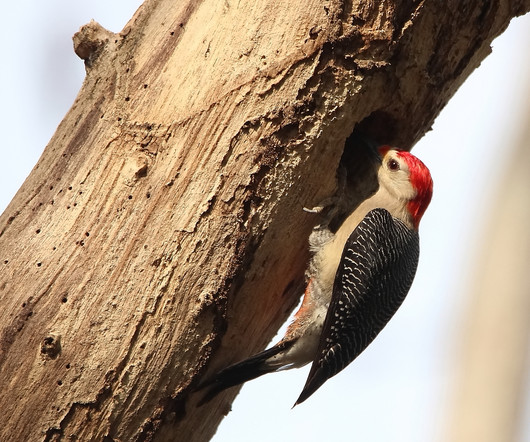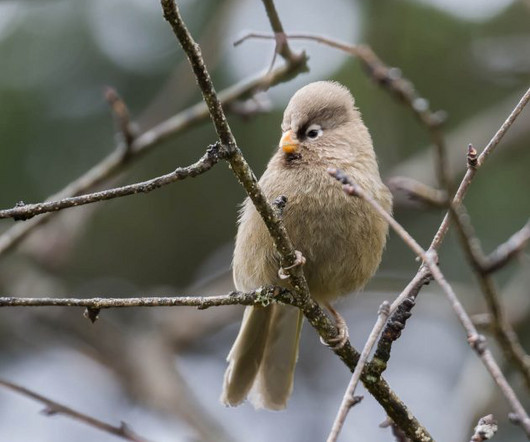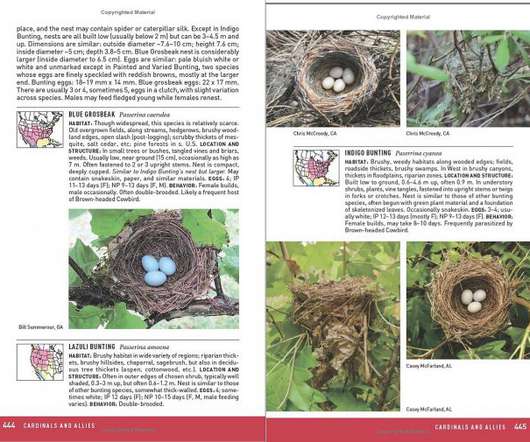Into the Nest: A Book Review in the Time of Nesting
10,000 Birds
JUNE 2, 2015
Third, observing and photographing breeding birds and their young have become acts of ethical confusion as birders, photographers, and organizational representatives debate the impact of our human presence on the nesting process. And of eggs and nests and birds on nests. Cedar Waxwings exchange berries, carry nesting material, eggs.




















Let's personalize your content